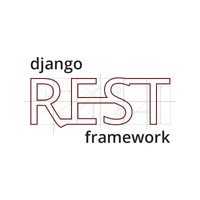-
We used Redis to cache server requests, which cut down response times on most requests by at least 1/10.
-
-
-
-
PyCharm is our preferred IDE for python apps, for all its simple awesomeness in writing code, as well as the ease with which you can run a Django shell, a web server, or run tests.
-
-
Each component of the app was launched in a separate container, so that they wouldn't have to share resources: the front end in one, the back end in another, a third for celery, a fourth for celery-beat, and a fifth for RabbitMQ. Actually, we ended up running four front-end containers and eight back-end, due to load constraints.
-
The front end was built on an Angular template supplied by the client. We leveraged Angular's flexibility and speed to delivered complex matrices of data quickly and with great finesse.
-
Django REST delivered all the content to the BI, making calls to the Postgres DB, aggregating numeric data, and automatically associating data models at the time of row creation.
-
Our backend was written in Django. We took advantage of the ready-to-go admin interface as a go-to solution for the client to be able to authorize his users, as well as other functionality, while most of the work was done through the Django Rest Framework.
-
We hooked New Relic up to monitor the health or our servers and containers, as well as track the actual app performance.
-
-
We used celery, in combination with RabbitMQ and celery-beat, to run periodic tasks, as well as some user-initiated long-running tasks on the server.
-
We used RabbitMQ in conjunction with Celery (Celery-Beat package) to run periodic tasks on the server.



















